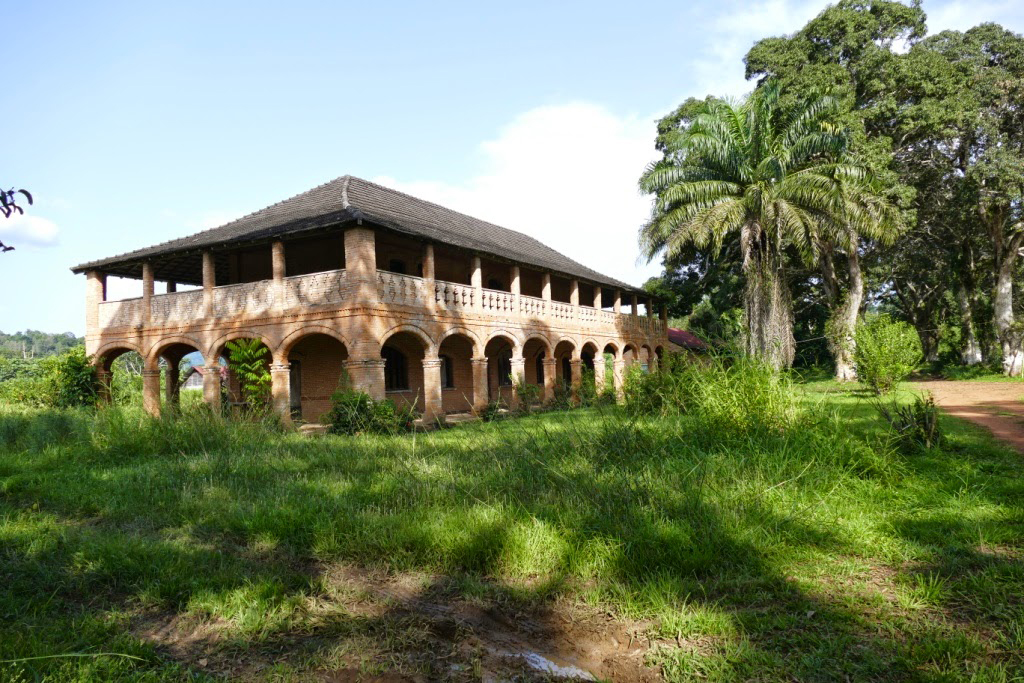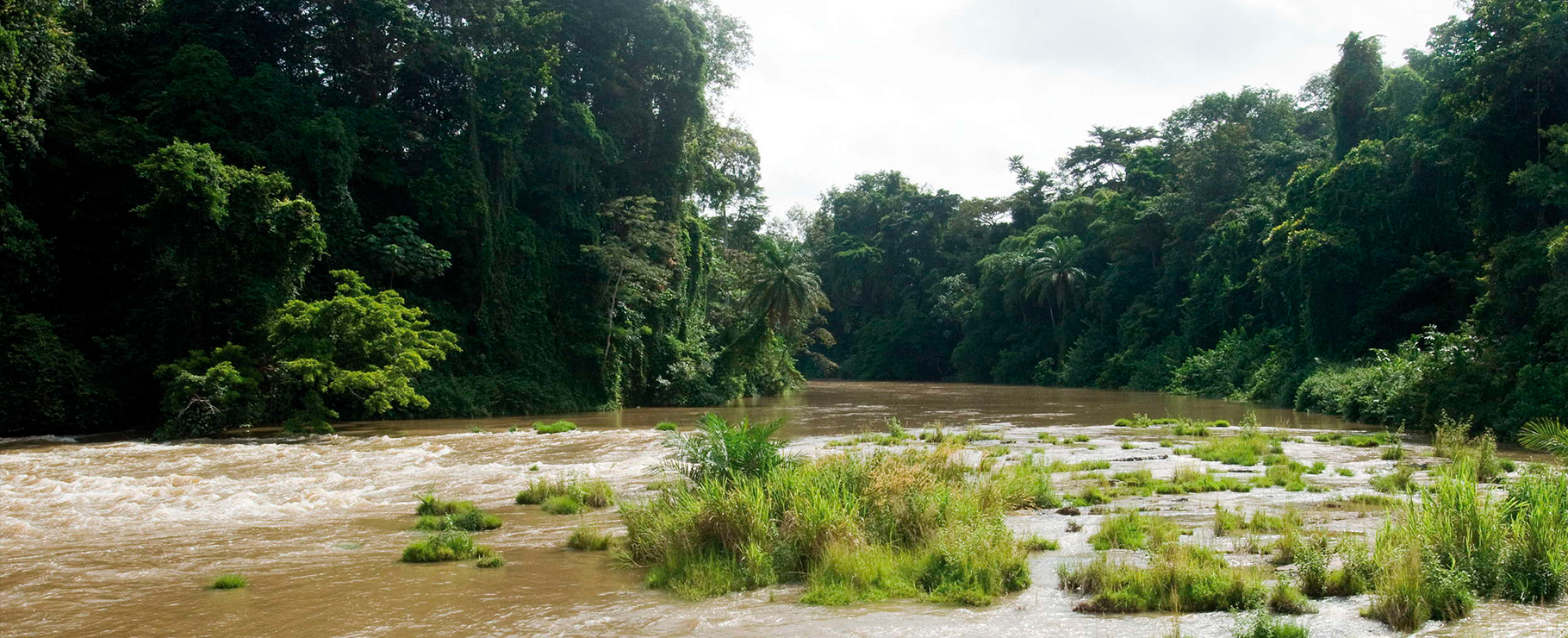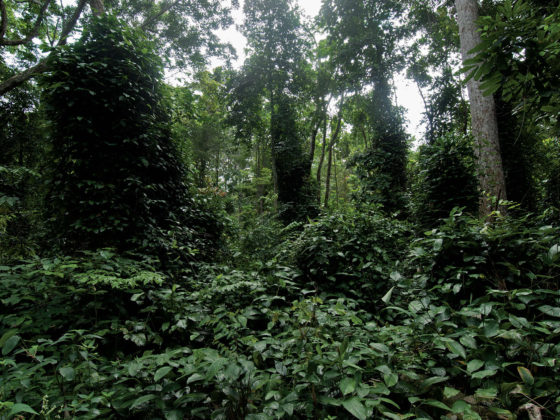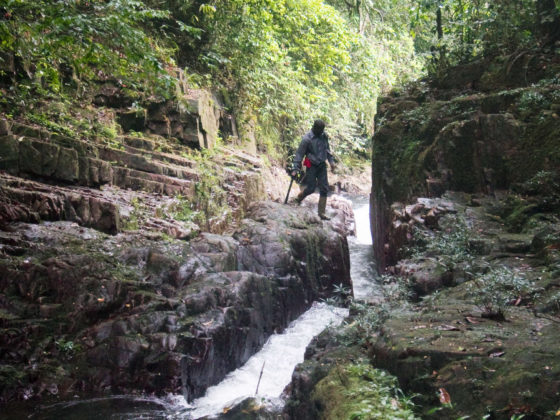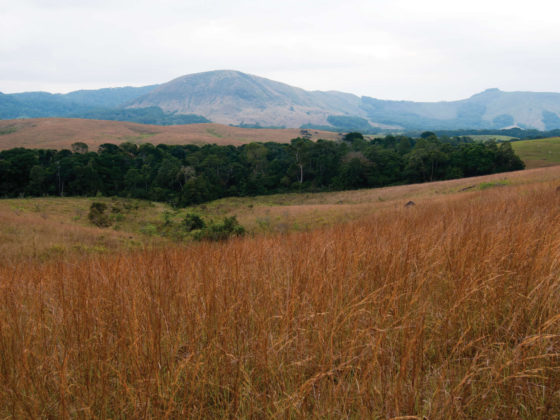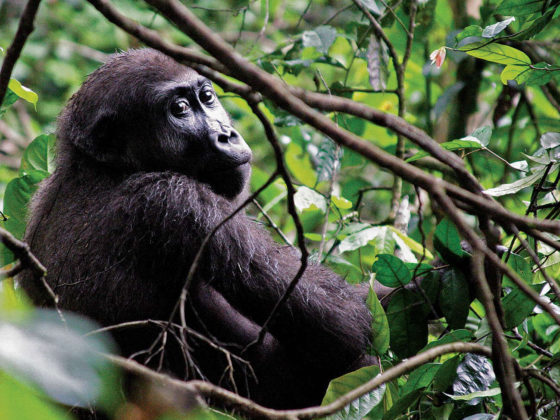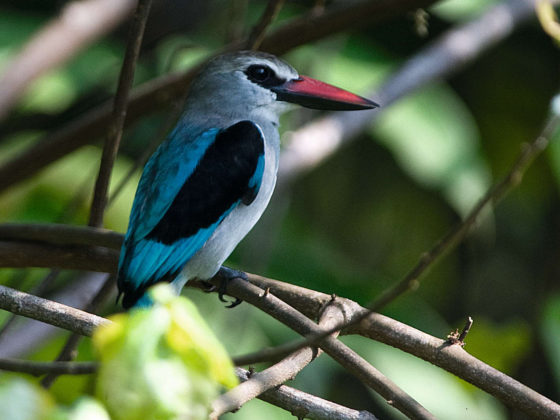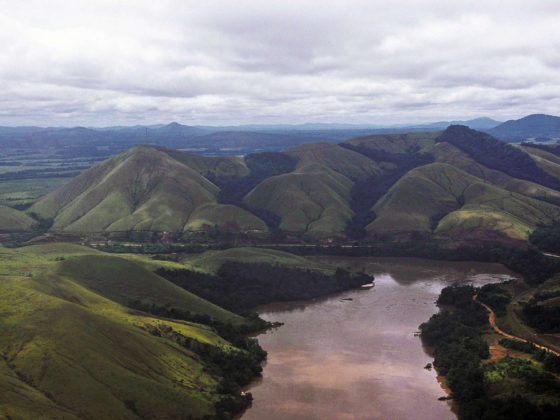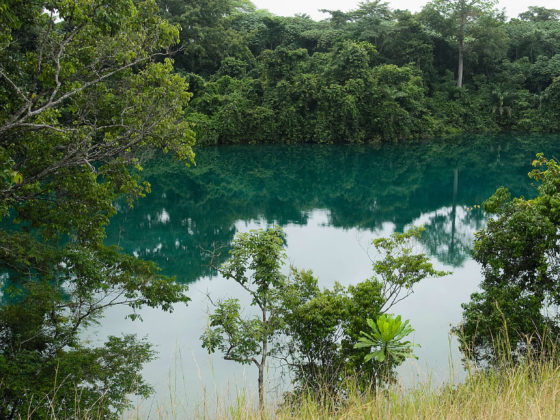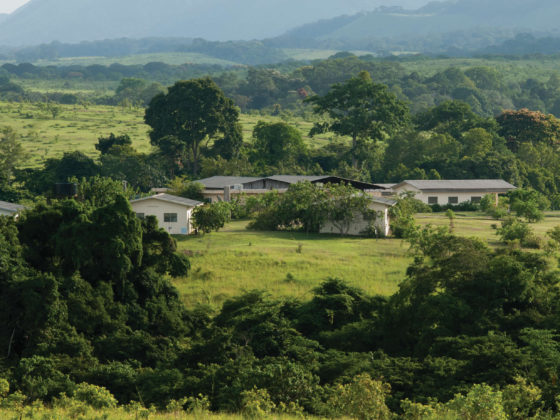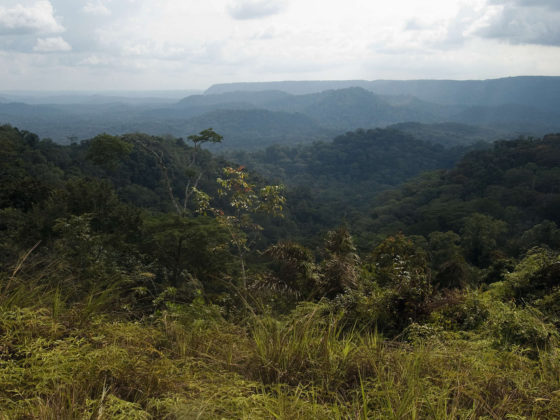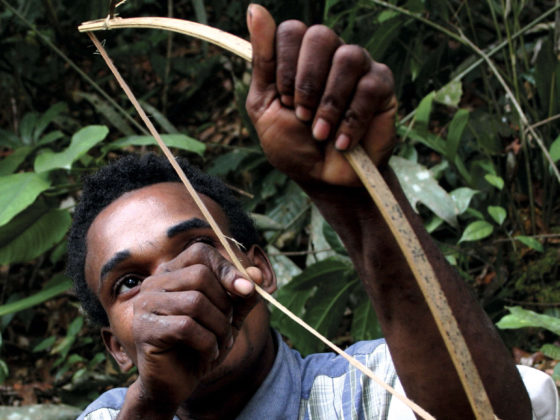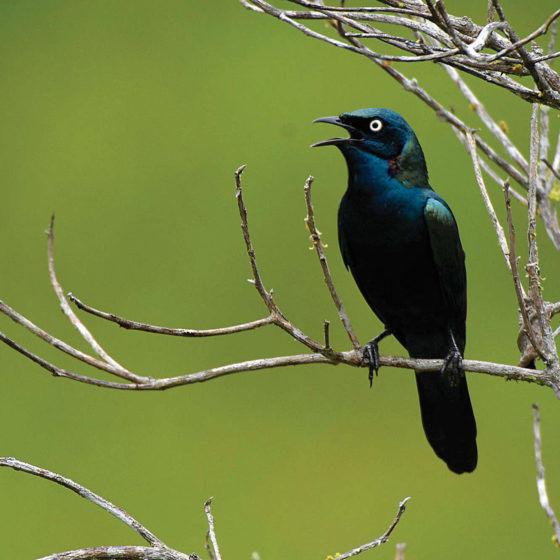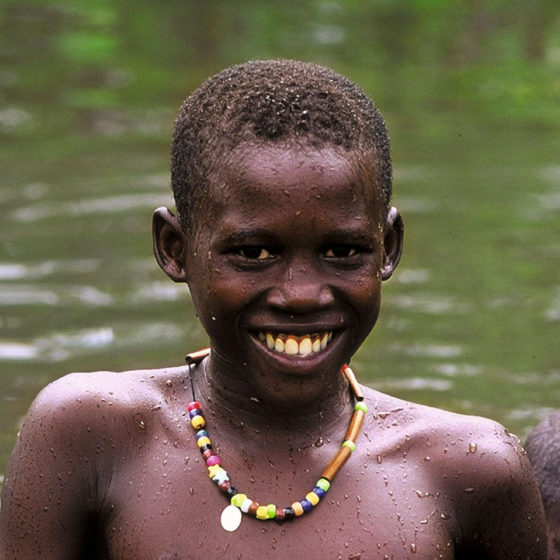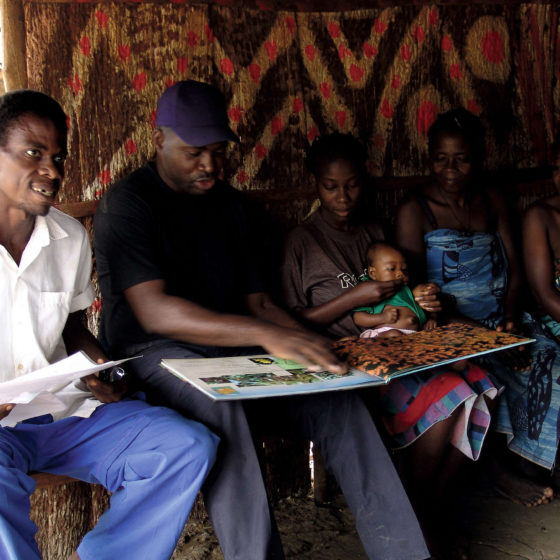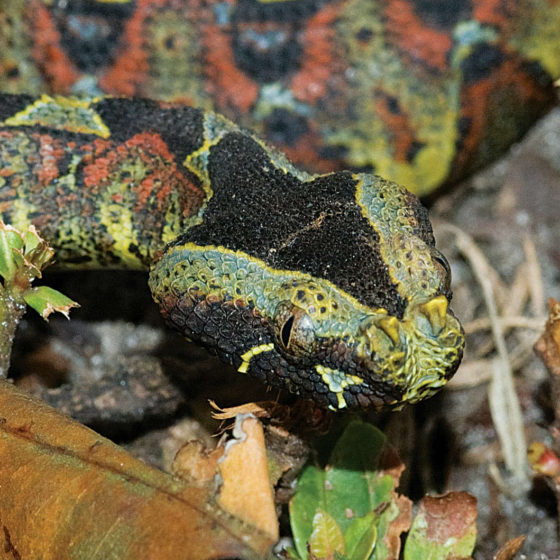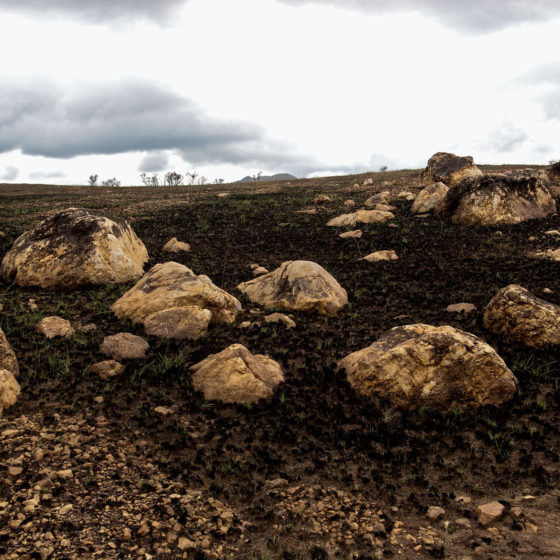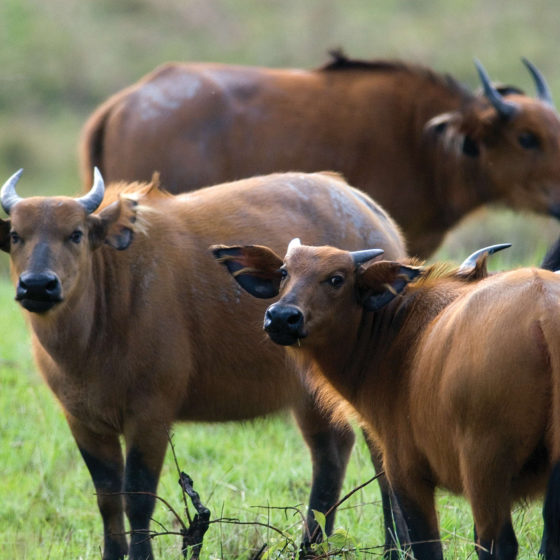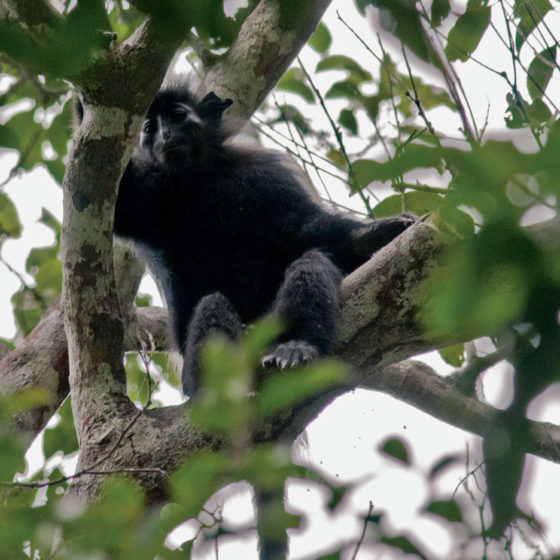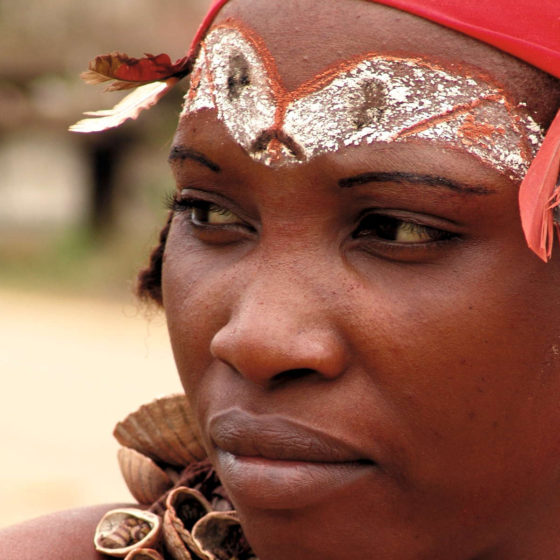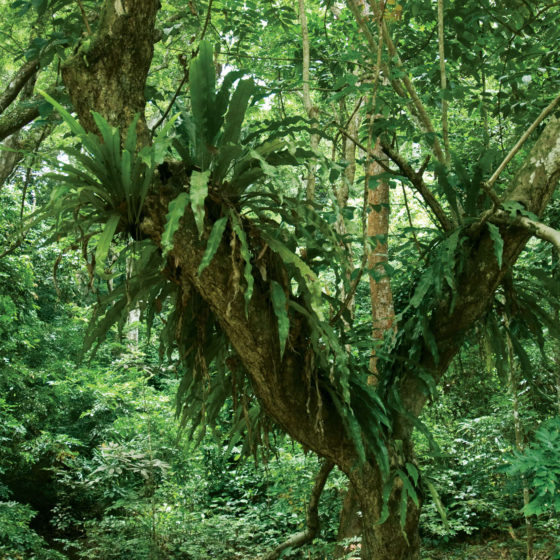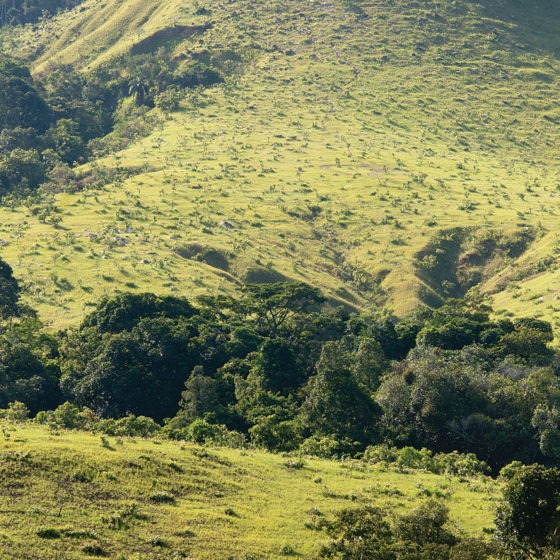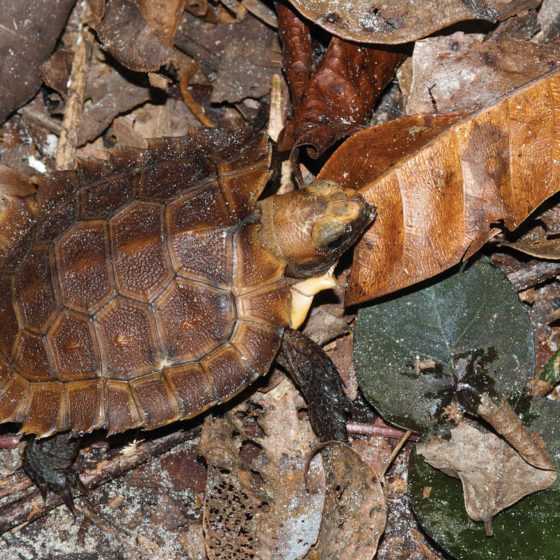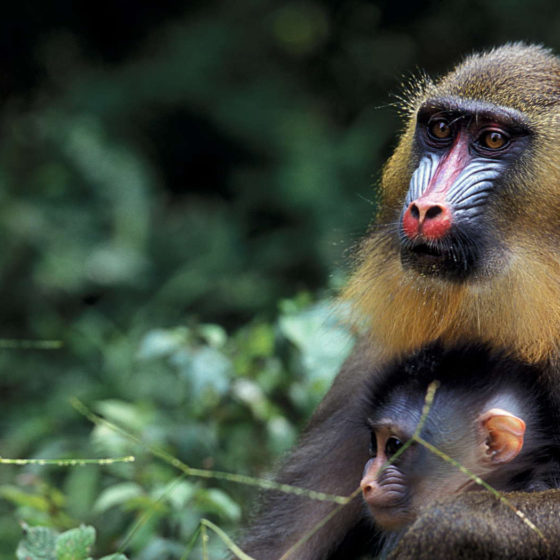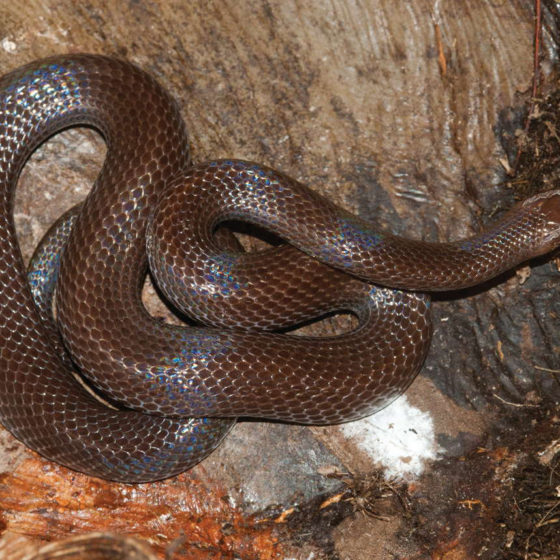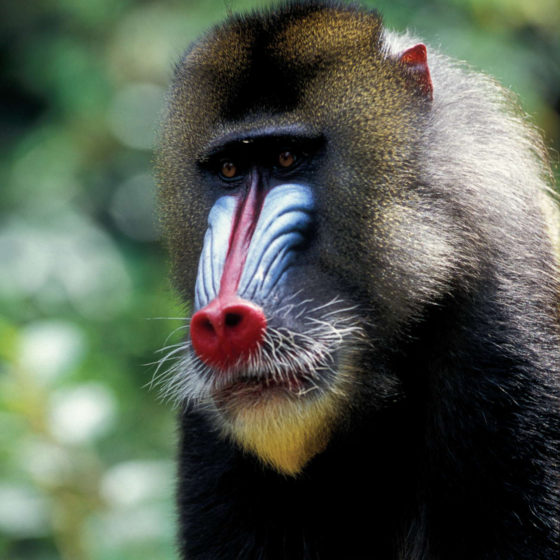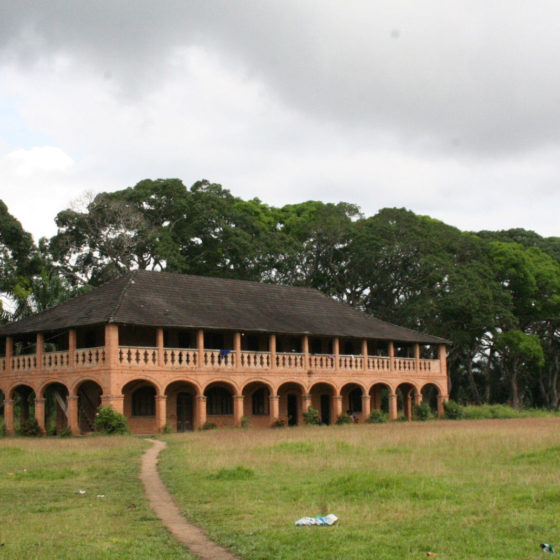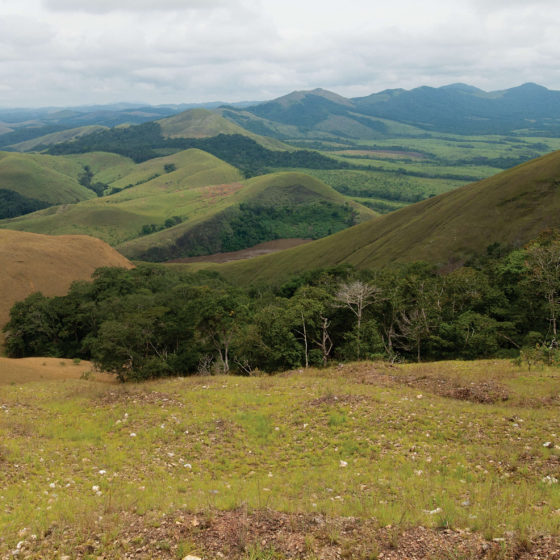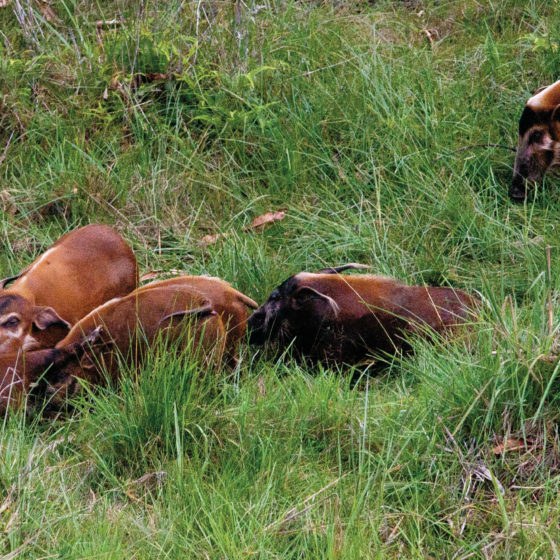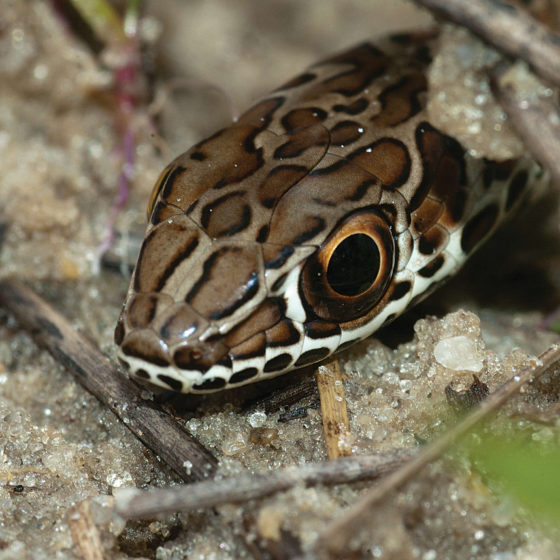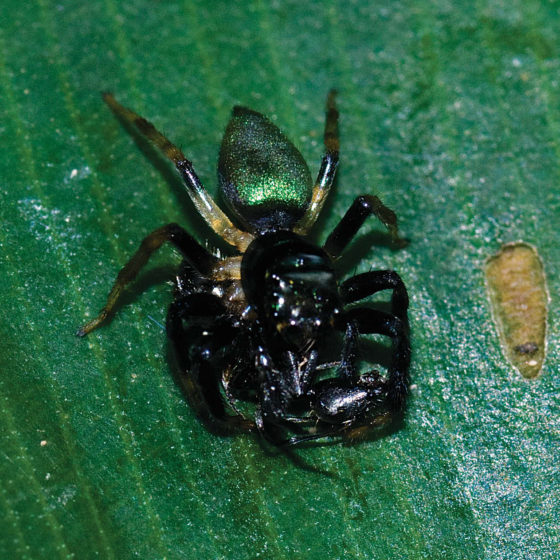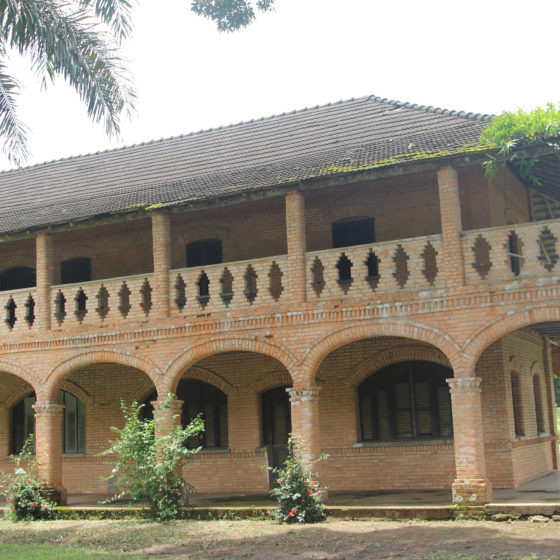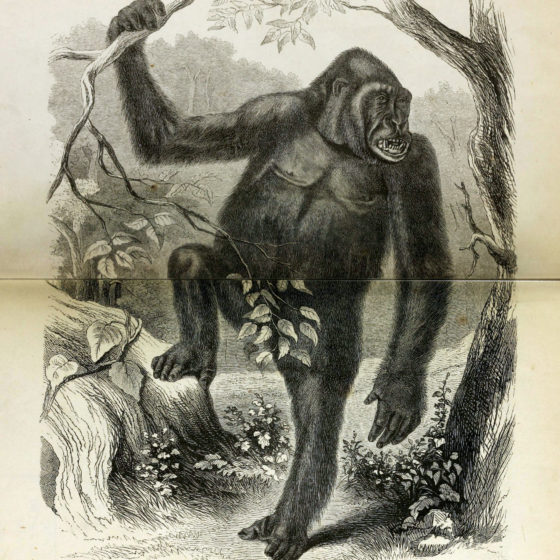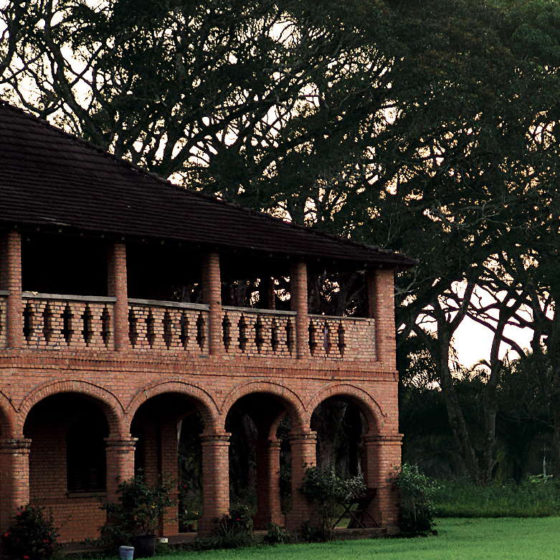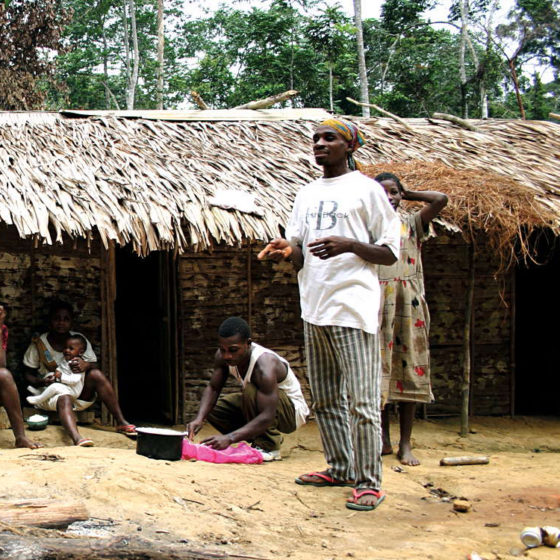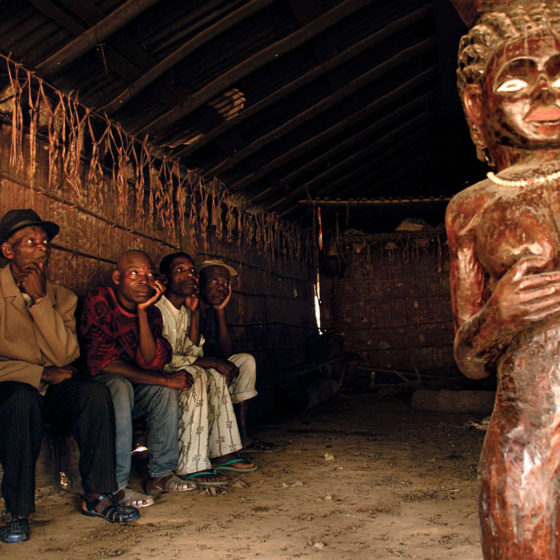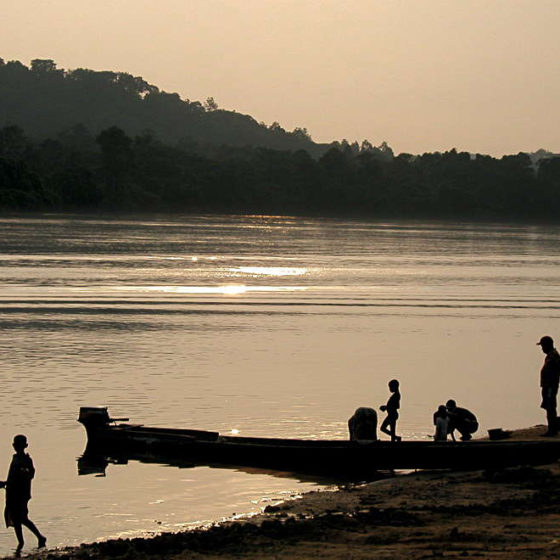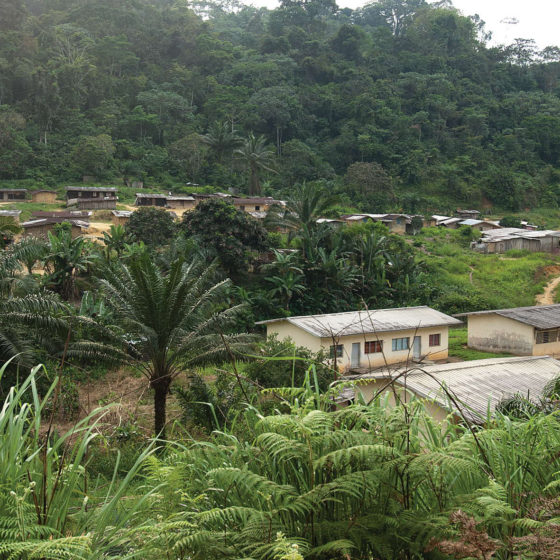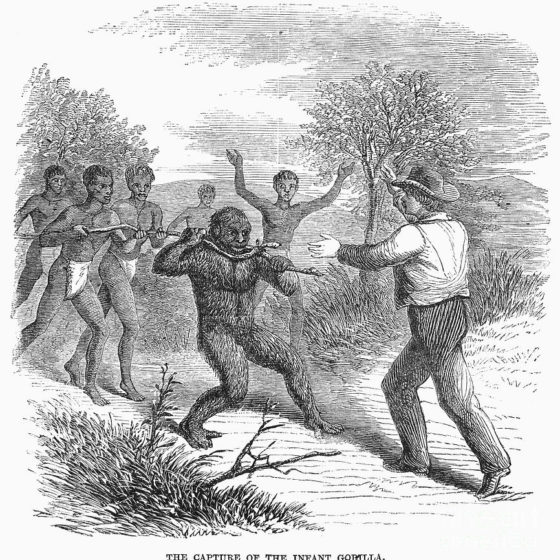NGOUNIÉ PROVINCE
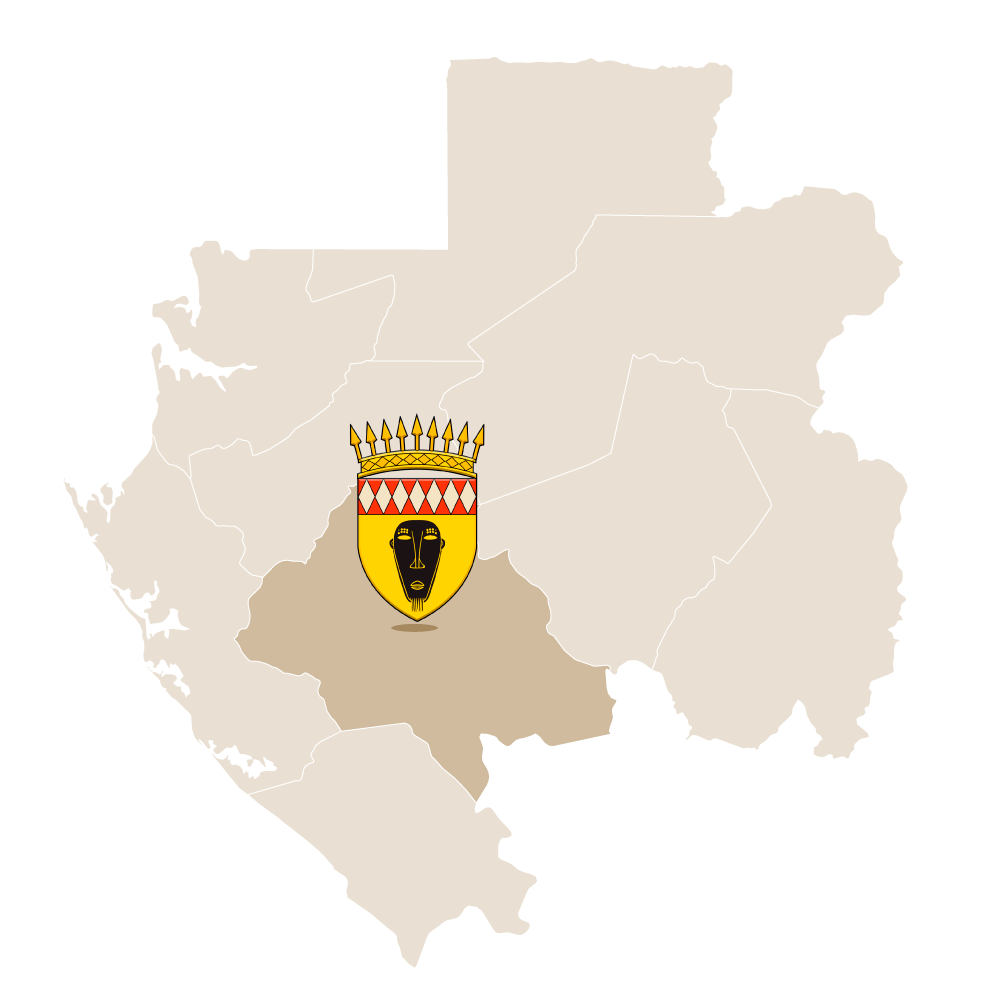
DISCOVER OUR 9 PROVINCES
The province takes its name from the Ngounie River, which runs through with its many tributaries. It’s in December 1858 that the french Explorer Paul Du Chaillu arrived through upto Fougamou. He discovered the different residing populations he described during his second voyage. Catholic missions will be eventually built in the province, Mandji, Sindara, and Saint-Martin which architecture attracts many tourists.
History and Culture
The province takes its name from the Ngounie River which runs through the Ngounie, the word origin is Vili: “Nguni”. The Punu, Echira and Vungu called him Durembu-du-manga; for the Stogo and the Apindji, it was Otembo-a-manga, which means River of the manga. The manga is a small Palm, very abundant in these lands, whose leaves are used to cover the roofs of the huts, in absence of raffia leaves.
It was in 1858 that French Explorer Paul Du Chaillu discovered Ngounie at Fougamou. There were different populations that he described during his second voyage.
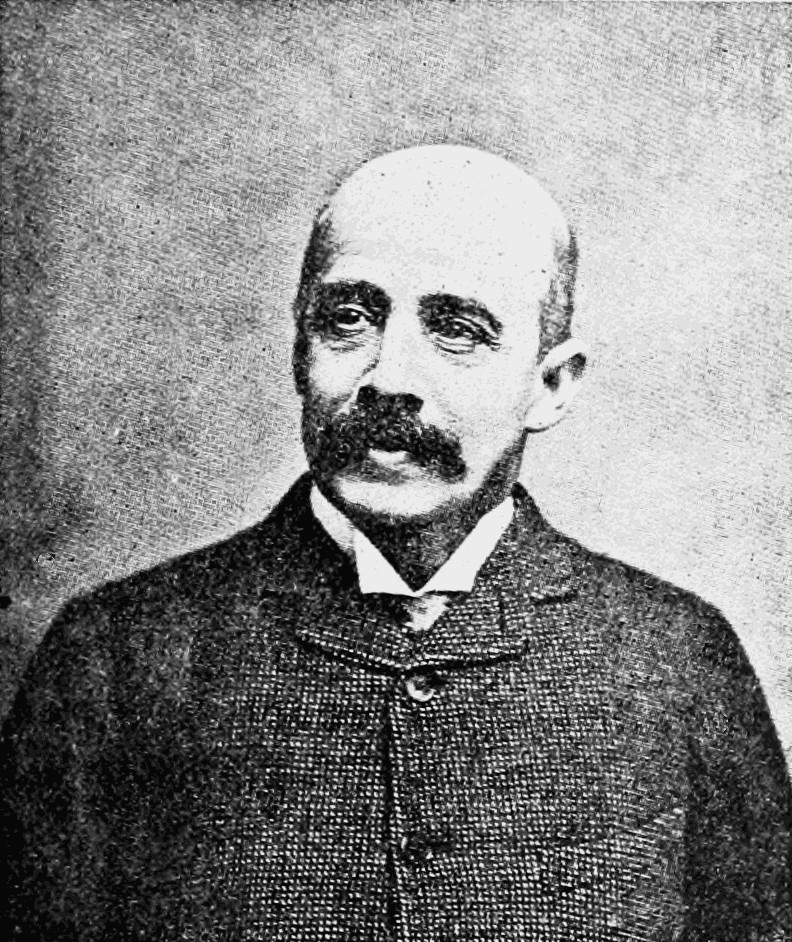
Some catholic missions whose architecture attracts many tourists, will eventually stand in the province, including the Holy Cross of the Eshira (Mandji), Notre des trois épis of Sindara and St. Martin of Apindji (Mouila).
One of the outstanding figures in the history of the province remains without any doubt MBOMBE-A-NYANGUE. Son of NZONDO and NYANGUE. MBOMBE-A-NYANGUE of ethnic Tsogho opposed a fierce resistance to the colonial authorities from 1903 to 1913. His headquarters was located in Kembele, in the mountainous Region bordering Mouila in the East. Sentenced to ten years in exile in Chad in June 1913, he died on 27 August of the same year to the prison in Mouila.
Discover the video of Ngounié Province
Local Ethnyic groups
Geography
In between mountains and Savannahs
The abundance of watercourses favours an important primary forest area that is estimated at 35 000 km², or 93% of thetotal area of the province. The remainig 7% being made up of Savannahs and marshy Plains.
The savanna forms a band inside the forest cover. It starts from 40 km in the north of Mouila (village Lemboudouma) up to the border of the Congo about 150 km long and an average width of 20 km.
The landscape is dominated by a mountainous area corresponding the massif to Chaillu. It is 1020 meters high and promotes a natural eastern boundary of the province until where the Birogou mount to the Mbigou is. The other massifs are:
-The Koumounabwali massif, a maximum altitude of 833metres, is located to the West of Yombi.
-The mount Guemonga with 580 meters and is located to theEast of Fougamou;
-Mount Tandu (380 meters) and Igoumbi (820 m) located in the South east and the southwest of Mandji;
-A slightly undulating plain, which coincides with the area savanicole between Fougamou and Ndende.
The wildlife
A wildlife to protect
Located in the South of Gabon, its relief is characterized by great forest Plains that separate the crystalline massif to theNorth of the Ikoundou mounts.Massive abrupt, Plains, thick forests, savanna, rivers and lakes, cliffs, caves deep and vast agricultural areas shape a landscape dotted with hamlets and villages.
Special features
“The blue lake“
The very mythical “Blue Lake”of Mouila, in the province of theNgounie, continues to attract foreigners and visitors toMouila, who do not hesitate to score a stop to contemplate the natural beauty and Heavenly, that offers this expanse of water in the Blue and transparent, hence its name as Blue Lake. It’s a resurgence that comes from the depths of the aquifer.
Located at five kilometres from the city, on the left bank, a short distance from the Val Marie Secondary school, “Blue Lake”, the city’s main tourist attraction, is also known through his legend. A legend that makes this Lake a mysterious place of the disappearance is told to that at this place of seven Pygmies had disappeared. They all died trying to retrieve their accidentally fallen axe into water during the crossing. Its water, fresh, mineral tastes ‘ Palace’, despite debris of trees and leaves which invade the shores of the Lake.
Tourism in Ngounié Province
Over 13 national parks, 3 are located in Ngounie
–The national park of Mont Birougou is located between Mbigou and Pana. It has 69 021 hectares. It covers Ngounie and Ogooué-Lolo and has as specificity, landscapes of mountain and forest refuge of great biological wealth. It is the water tower that feeds many Gabonese rivers and Congolese rivers as well.
– Waka National park is accessible by road from the Jetty of Sindara track. 106000-hectare park in the heart of Gabon, it is at the edge of Ikoy and Waka (tributary of the Ngounie) rivers,and share and it is across the northeast of the Ikobe River fault.
– Lopé national park covers an area of 491 291 hectares across the provinces of Ogooué-Ivindo, Ogooué-Lolo, Moyen- Ogooué and Ngounie. Its specificity: largest concentrations of mandrill in Africa and traces of the presence of man dated from more than 400,000 years old.
See also, the Catholic Missions of Mandji, Sindara, and Saint-Martin.
DO NOT MISS OUT
Sindara “A sacred treasure in the Bush”
A beautiful mission, including the first buildings were built at the end of the 19th century, followed of a chaotic life, but who has trained many Gabonese elites.
Sindara is a former slave market. He served as hub and as a place for transaction between the slaves brought by the predatory ethnic groups from Gabon, and shopping ethnies of the coast, which used to trade them to the European slave traders.
Missionaries went from Notre Dame des Trois Epis d’Alsace, and settled in this place in 1899 installing the first Catholic mission in Sindara. The central Arcade, witnessing the Spanish architecture was built in the middle of the twentieth century.
During World War I and II, fighting took place around the mission. It was abandoned towards the end of the 1970s, 20years before be reinvested recently in the early 2000s, by volunteers sent by the Institute Edith Stein.
Today it houses a high school with a boarding school for boy. Its level, his discipline and efficiency are recognized throughout the country, and students come from far away.
